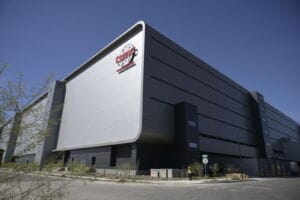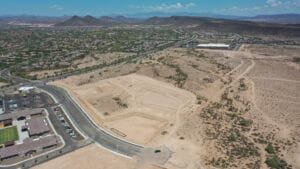In today’s economy everybody is looking for ways to improve their cash flow, especially as it relates to real estate. Implementing tax-saving strategies is certainly a way to help cash flow in the current year, and in some cases these strategies will provide benefits for years to come. While there are numerous strategies for lowering taxes, three of the more popular current items for building owners are outlined below.
Repair and maintenance deductions
The difference between deductible expenses and capital expenditures can mean significant tax savings for property owners who perform regular maintenance and repairs. The key is when certain costs can be considered expenses that are deductible from current income.
Generally, taxpayers must capitalize expenditures that:
- Substantially prolong the life of the property.
- Materially increase the value of the property.
- Adapt property to a new use.
- “Put” the property into a useful condition.
- By contrast, taxpayers may be able to deduct expenditures for:
- Routine maintenance.
- Incidental repairs.
- Equipment and materials that “keep” the property in an ordinary, efficient operating condition.
In most cases, taxpayers will reduce taxes by classifying an expenditure as a repair and taking the current deduction, rather than recovering the cost through depreciation. The IRS has recently adopted more liberal standards for expensing large-ticket items previously considered capital investments.
The difference between repair and maintenance, and capital improvement can be subtle. For example, the wooden shingles on a building are damaged. Replacing the roof with new wooden or asphalt shingles would be considered maintenance and repairs, and it would not have to be capitalized. However, upgrading to a maintenance-free roof system with an expected lifespan of 50 years would have to be capitalized as a long-term improvement to the building.
Many building owners have improperly classified maintenance and repair costs as capital expenditures, creating opportunities to go back and reclassify certain expenditures and recover previously paid taxes.
To claim the deduction, the building owner must submit Form 3115 to request an automatic change in accounting method. The accounting change allows the taxpayer to claim a current-year deduction for expenditures that should have been a deduction in a prior year.
Cost Segregation
Under IRS guidelines, most buildings constructed, purchased or renovated since 1986 are eligible for a cost segregation study. The goal of the study is to make sure business owners are using the appropriate depreciable life for their assets. A cost-segregation study allows a building owner to change the useful life of certain assets and take advantage of any tax savings that may result.
The standard depreciation period for most commercial buildings is 39 years. When buildings are constructed (or renovated) many companies incorrectly use the 39-year depreciation life, even though parts of a building should be depreciated over a much shorter period. Special use items, such as floor coverings, fixtures, and specialty electrical and HVAC equipment, often can be depreciated over a shorter term. It is best to complete a cost-segregation study in the year a building is acquired, although the IRS does allow adjustments to prior depreciation deductions. If the proper amount was not claimed in prior years, depreciation not previously claimed is now allowed as a deduction in the current year by filing Form 3115.
Section 179D Energy Efficiency Deduction
This popular deduction allows the owner of a commercial building to qualify for deductions of up to $1.80 per square foot for buildings that are constructed or renovated to reduce total annual energy use.
The primary beneficiaries are owners or lessees of commercial property and certain residential buildings. Government buildings, such as schools and universities, courthouses, jails, and office buildings, also may qualify. However, since government entities do not pay tax, the deduction can be transferred by written delegation to a tax-paying entity, such as an architect or engineer.
Qualified property owners are able to claim the $1.80-per-foot deduction for buildings constructed or renovated to save 50 percent or more of total annual energy costs as determined by national engineering standards.
Energy savings must be achieved by constructing or retrofitting any of the envelope, interior lighting, or heating, cooling and hot water systems. A building not meeting the 50 percent savings requirement may still qualify for a portion of the deduction. Before the 179D deduction can be claimed, the property owner must obtain independent certification of energy savings from a professional engineer or third-party contractor using software qualified by the Department of Energy.



